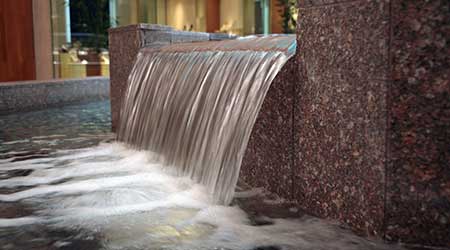
New Hospital Must Deal With Flooding, Seismic Liquefaction Risks
October 30, 2019
The new St. Paul's Hospital in Vancouver, Canada, must deal with flooding and seismic liquefaction risks created when the facility was located on land created by reclamation, according to an article on the Daily Hive website.
“Given that the New St. Paul’s Hospital is located in a flood plain and high-risk seismic and liquefaction zone, staff have provided conditions requiring comprehensive all-hazard risk and vulnerability assessments be completed, and that climate and seismic resilience measures be incorporated into the design of the building,” according to a recent report.
City staff have already mandated the hospital to be built on a minimum flood construction level of five meters geodedic height of sea level, with an additional 0.2 meters to account for land sinking. Ideally, the city wants the hospital to pursue a 5.4-meter geodedic height.
All medical campus buildings must be designed with measures that mitigate flood risk damage, including placing mechanical equipment above ground level, using flood-resistant building materials on the ground floor, and ensuring optimal drainage.
Cathryn Jakicic is healthcare industries editor of FacilitiesNet.com. For more information on hospital campuses and other medical facilities, check out the FacilitiesNet healthcare page.
Next
Read next on FacilitiesNet












